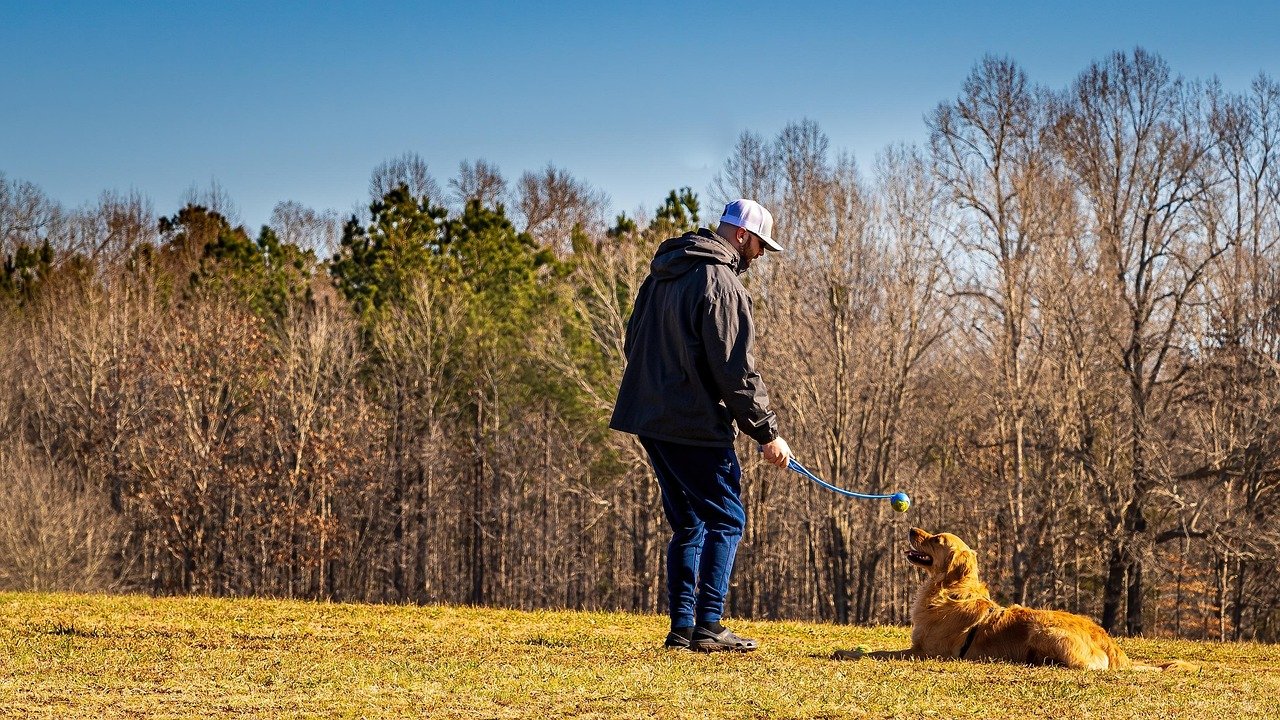Have you ever watched a dog pick up a new trick after just a few tries and thought, “Wow, that pup’s a genius!”? Or maybe you’ve spent weeks teaching your furry friend to “sit,” only for them to stare back at you, tail wagging, with no clue what you want. The truth is, just like people, some dog breeds are quick to learn while others march to the beat of their own drum. If you’re wondering where your canine companion fits in, you’re in the right place. Let’s jump in and explore which breeds have a reputation for brilliance—and which ones will teach you a lesson in patience as you train together.
Border Collie: The Canine Einstein
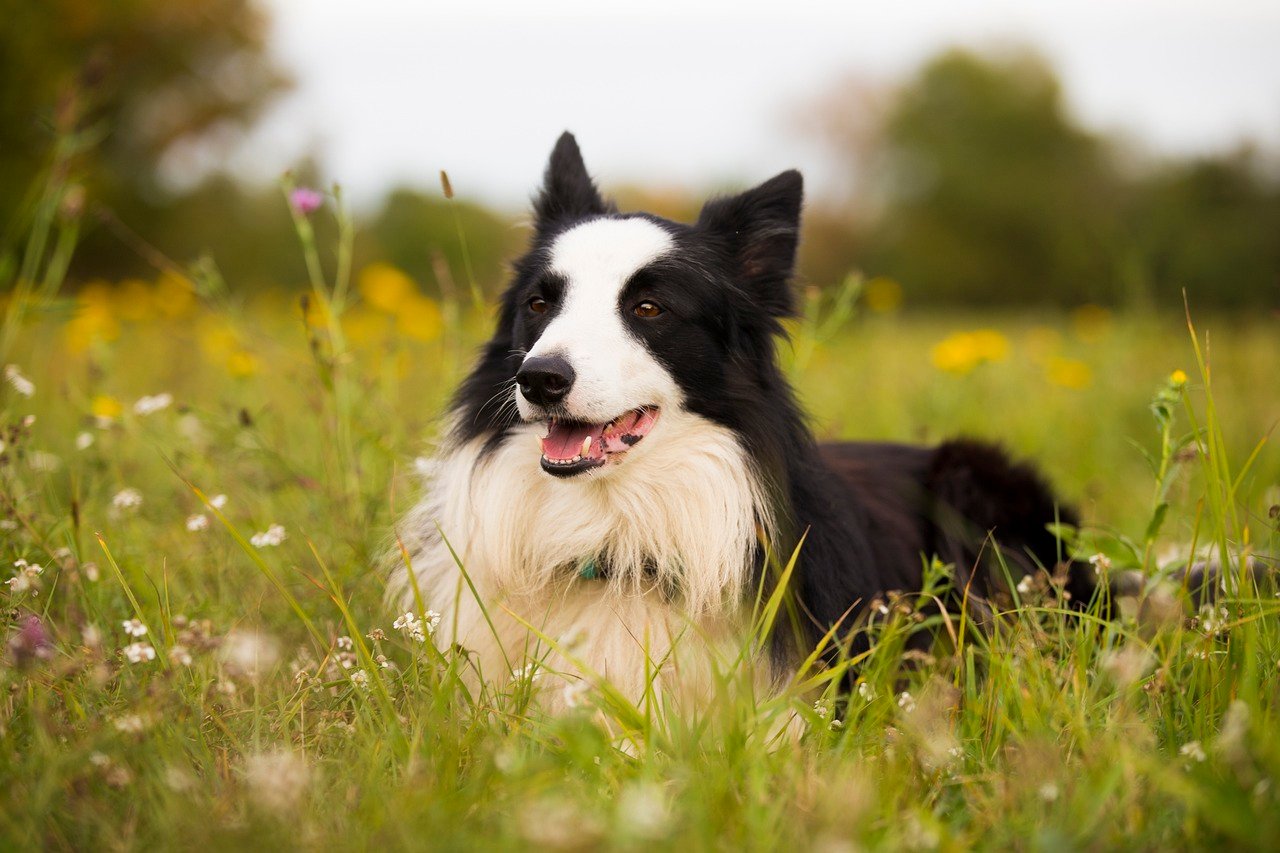
Border Collies are legendary for their intelligence and energy. They thrive on mental challenges and seem to pick up new commands almost by reading your mind. Their focus during training is astonishing—they’ll lock eyes with you, tail still, waiting for the next cue.
Owners often say Border Collies “live to work.” If you don’t give them tasks or puzzles, they’ll create their own—and sometimes that means herding your family or chasing shadows. Keep them stimulated with games, agility courses, or even learning names of their toys. You’ll be amazed at what they can do.
Poodle: The Brain Behind the Curls
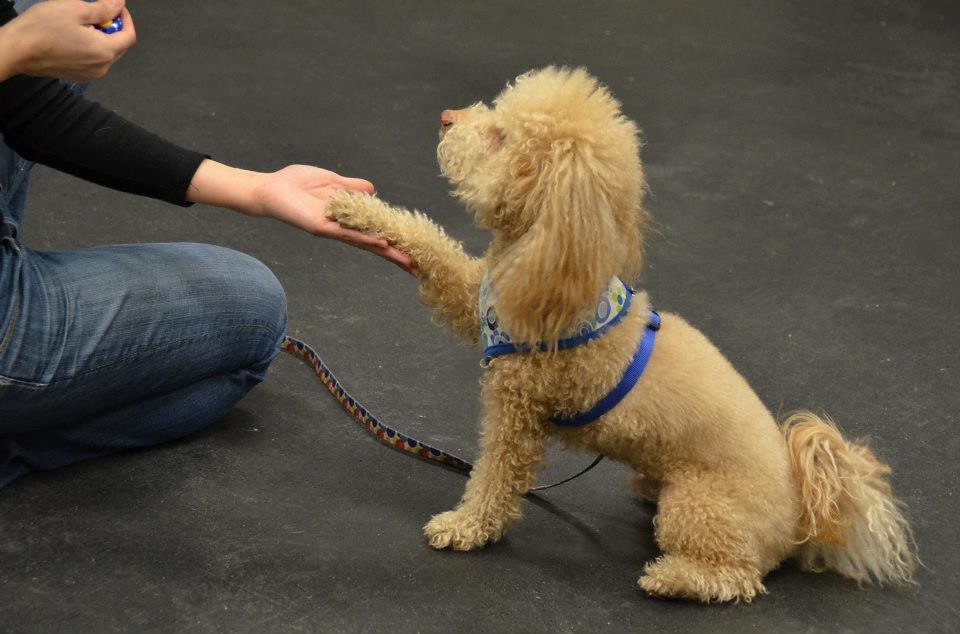
Poodles, whether standard, miniature, or toy, impress with their ability to learn quickly and adapt. They’re people-pleasers, soaking up your praise and eager to know what you want next. This makes them stars in obedience and trick training.
Their sensitivity is a gift and a challenge. If you’re upbeat, they’ll shine; but harsh words can make them anxious. Use gentle encouragement and watch your Poodle master everything from “roll over” to elaborate dance routines.
German Shepherd: Loyal, Smart, and Ready for Action
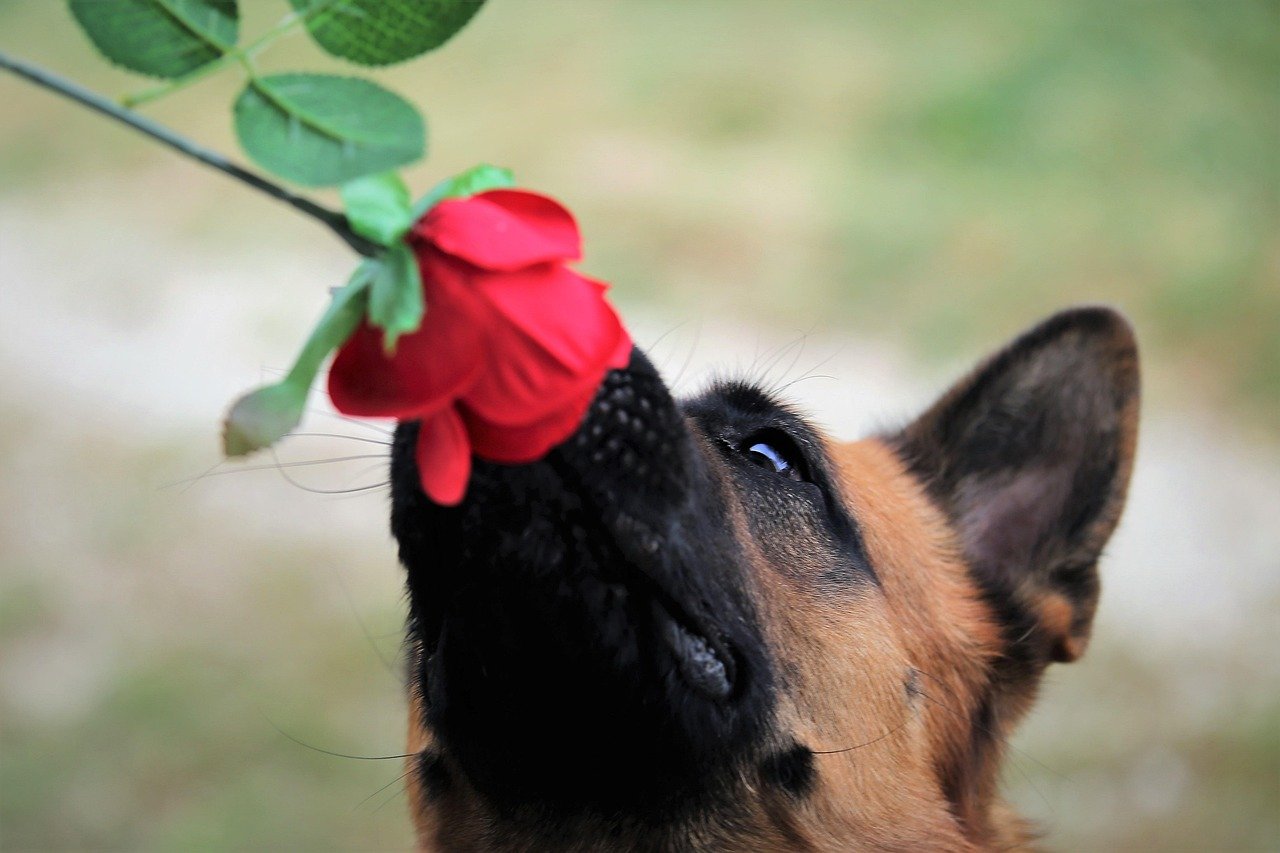
German Shepherds have a long history as working dogs. They learn fast because they want to understand and help their people. Teaching them new commands is usually a breeze—they’re like attentive students at the front of the class.
These dogs also notice subtle cues in your body language. A raised eyebrow or a shift in your voice can signal them to act. That’s why they excel as service, police, and rescue dogs. Consistency and positive reinforcement work wonders with this breed.
Golden Retriever: Friendly and Fast Learner
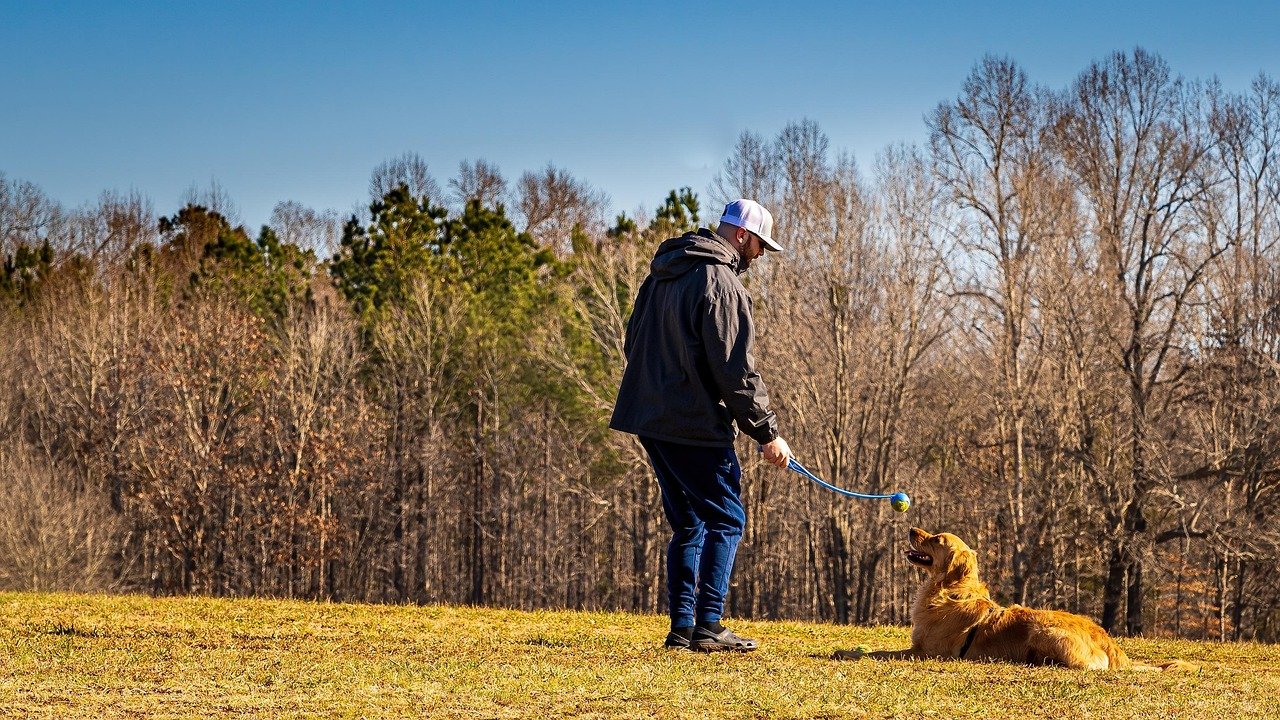
Golden Retrievers combine brains with a big heart. They’re motivated by making you happy, and that makes training sessions a joy. Fetch, sit, stay—these come naturally to them, especially when you mix in treats and affection.
Because Goldens are so social, they may get distracted if training feels too repetitive. Keep things fun and varied. Short, upbeat lessons with lots of encouragement will help your Golden shine.
Doberman Pinscher: Sharp and Devoted
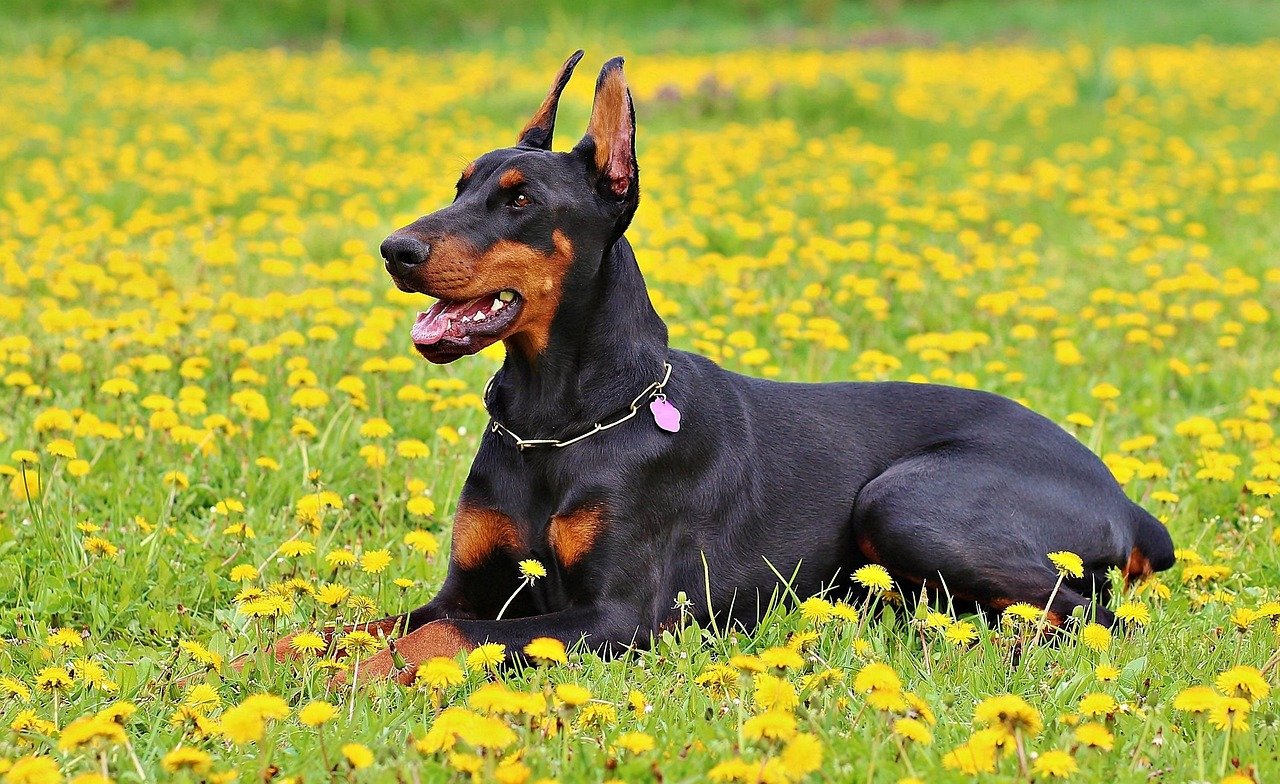
Dobermans are quick studies who want a job to do. They’re alert, focused, and respond swiftly to training. Their loyalty means they’ll go the extra mile to understand your commands and keep you safe.
But their intelligence comes with a bit of stubbornness. If they sense you’re not confident, they might test the limits. Stay calm and consistent, and your Doberman will reward you with impressive obedience.
Labrador Retriever: Eager and Enthusiastic Learner
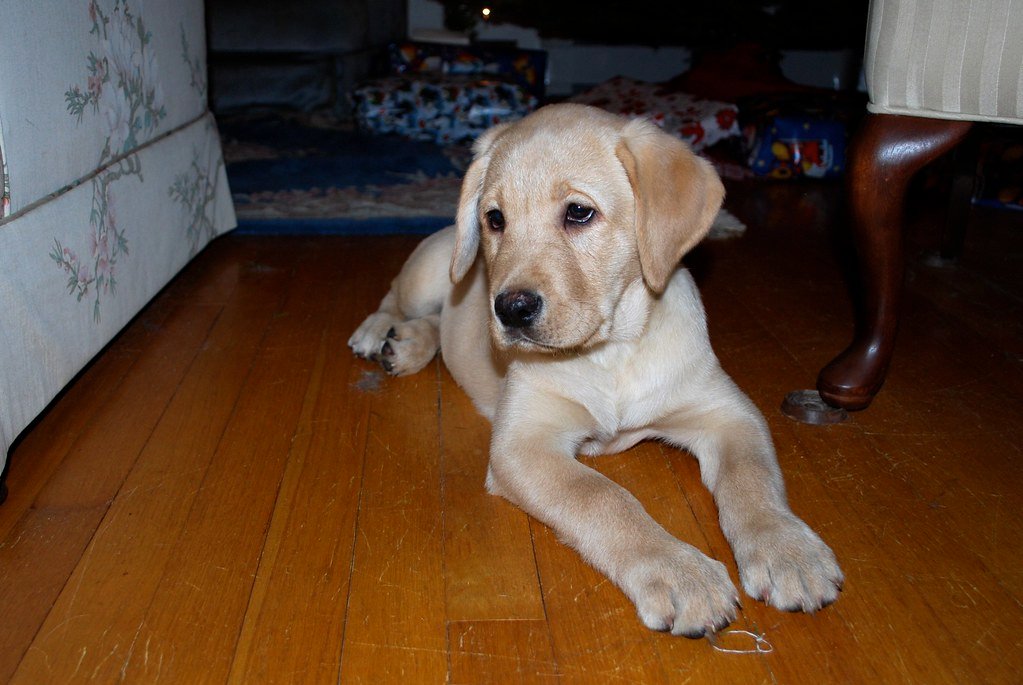
Labs are famous for their food motivation—which, let’s be honest, can make training a whole lot easier! Show them a treat, and you’ll have their full attention. Labs are also adaptable, making them perfect family companions and service dogs.
Their enthusiasm sometimes leads to overexcitement, especially as puppies. Use clear cues and reward calm behavior. Labs love positive feedback, so keep sessions short and joyful.
Shetland Sheepdog: Small Dog, Big Brain
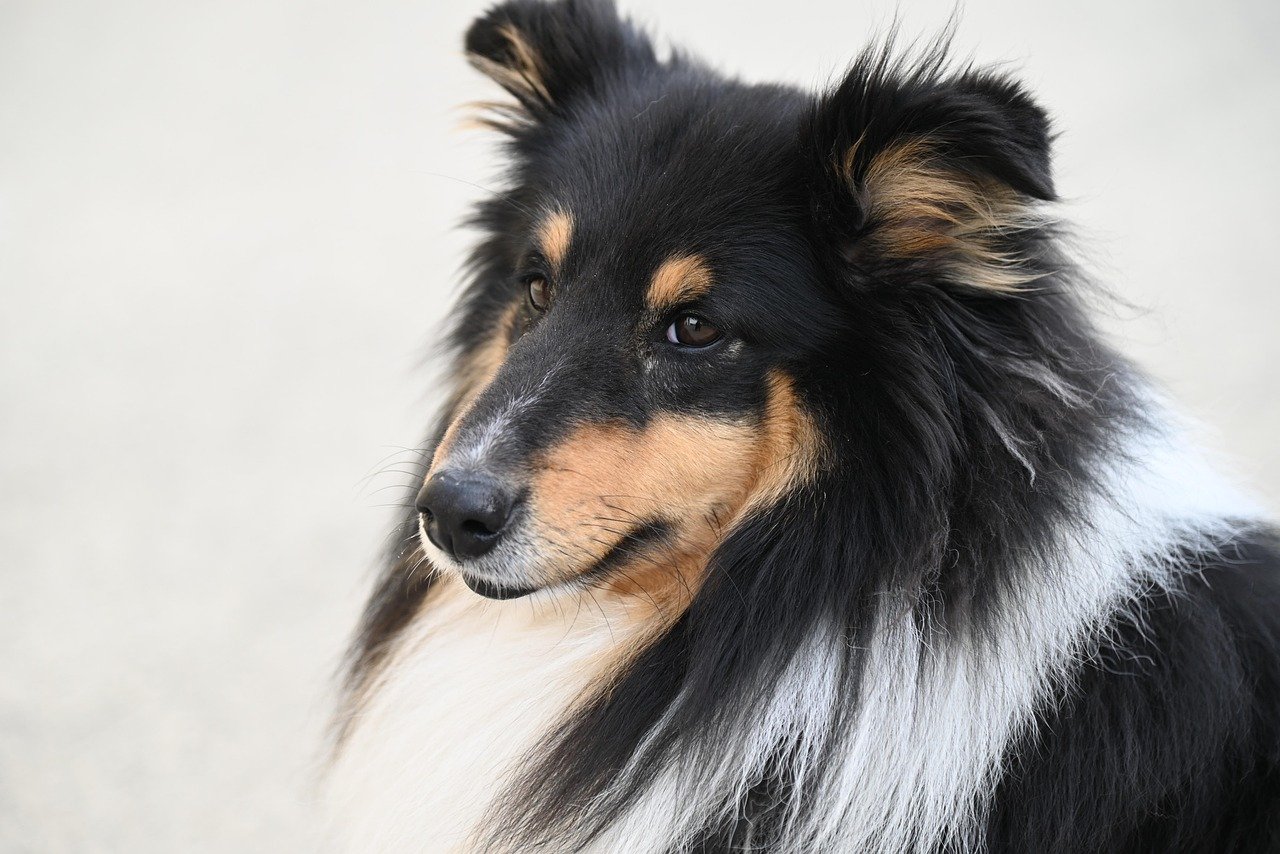
Shelties are often underestimated because of their size, but they’re whip-smart and quick to catch on. Bred to herd sheep, they notice every tiny movement and thrive on tasks that challenge their minds.
They can be a bit reserved with strangers, but with their loved ones, Shelties are eager learners. They excel in agility and obedience, and love when you make training a game.
Papillon: Tiny, Lively, and Clever
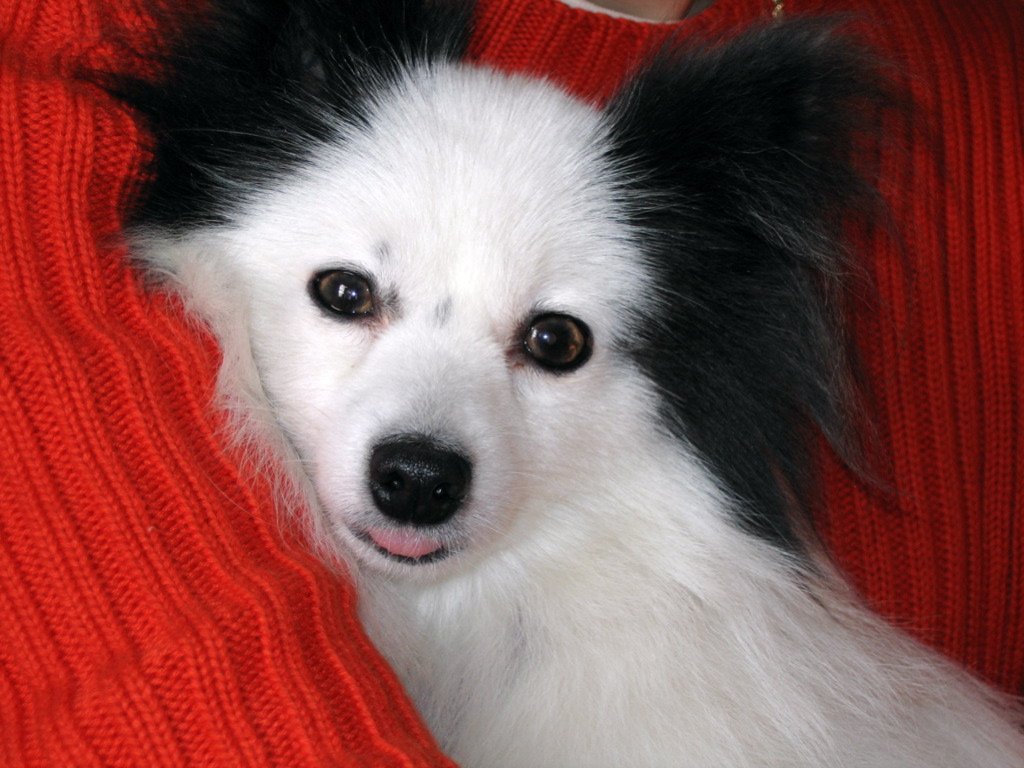
Don’t let their butterfly-like ears fool you—Papillons are powerhouses of intelligence. They’re alert, curious, and love to learn tricks that show off their agility. Their small size makes them perfect for apartment living, but their minds need plenty of action.
Papillons bond closely with their people, so use lots of praise and gentle encouragement. Turn learning into playtime, and you’ll have a furry little prodigy on your hands.
Rottweiler: Strong, Smart, and Steady
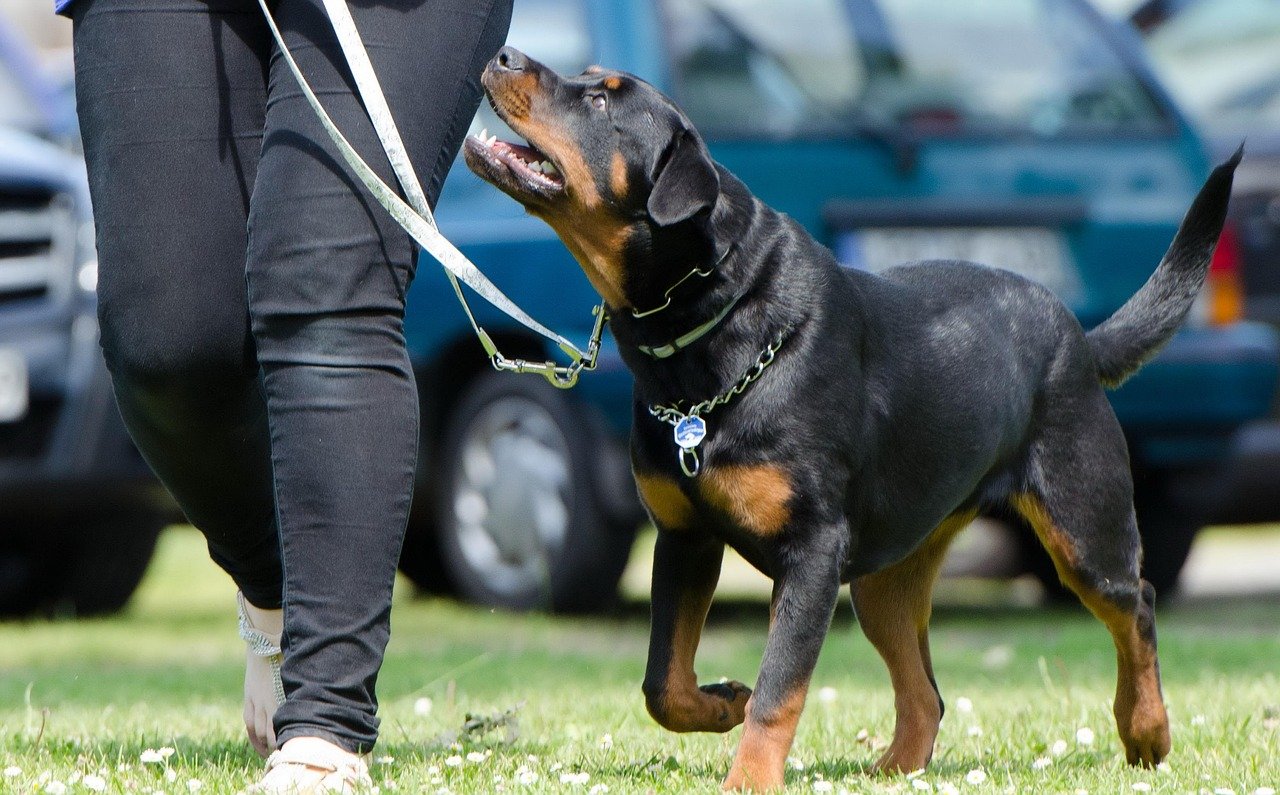
Rottweilers are often thought of as tough, but they’re also deeply intelligent and sensitive to their owner’s mood. They need early socialization and structured training to bring out their best.
They learn quickly when they trust you, so focus on building a strong bond. Watch for signs of boredom—chewing, digging, or stubbornness can mean they need more mental stimulation.
Australian Cattle Dog: Tireless and Tenacious
These dogs were bred for hard work and quick thinking. Australian Cattle Dogs pick up new commands swiftly, especially if you make training sessions energetic and interactive. They love having a purpose and excel at advanced tricks and problem-solving.
Because they’re so smart and active, they can become destructive if not kept busy. Try puzzle toys or canine sports to keep them happy and engaged.
Afghan Hound: Independent Beauty
Afghan Hounds are stunning, but don’t mistake their aloofness for lack of intelligence. They’re independent thinkers, which means they often ask “why?” before obeying. Training can take time, but patience pays off.
Use gentle, consistent methods and celebrate small victories. Afghans may not be the fastest learners, but when they get it, it sticks. Their unique spirit is worth every extra minute.
Basset Hound: Slow and Steady Wins the Race
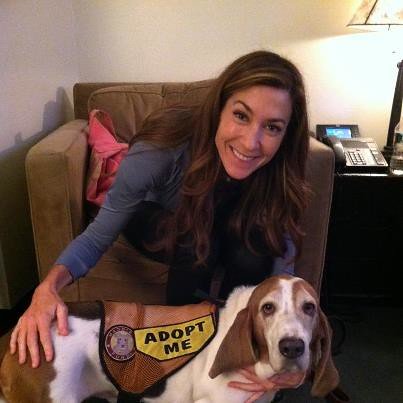
Basset Hounds have a stubborn streak a mile wide. Their strong noses lead them to distractions, and they often prefer lounging to learning. This doesn’t mean they can’t be trained—it just takes a bit more creativity.
Keep sessions short and upbeat, and use high-value treats. Celebrate tiny steps, and don’t get discouraged if progress is slow. Bassets teach us that patience really is a virtue.
Bulldog: Gentle and Laid-Back Learner

Bulldogs are sweet and affectionate, but they move at their own pace. Training a Bulldog often means repeating commands and staying positive, even if they seem uninterested at first.
Short, fun lessons with lots of treats work best. Watch for signs of overheating during play or training, as Bulldogs are sensitive to heat. Their gentle nature makes each tiny triumph extra rewarding.
Pekingese: Regal but Reluctant Student
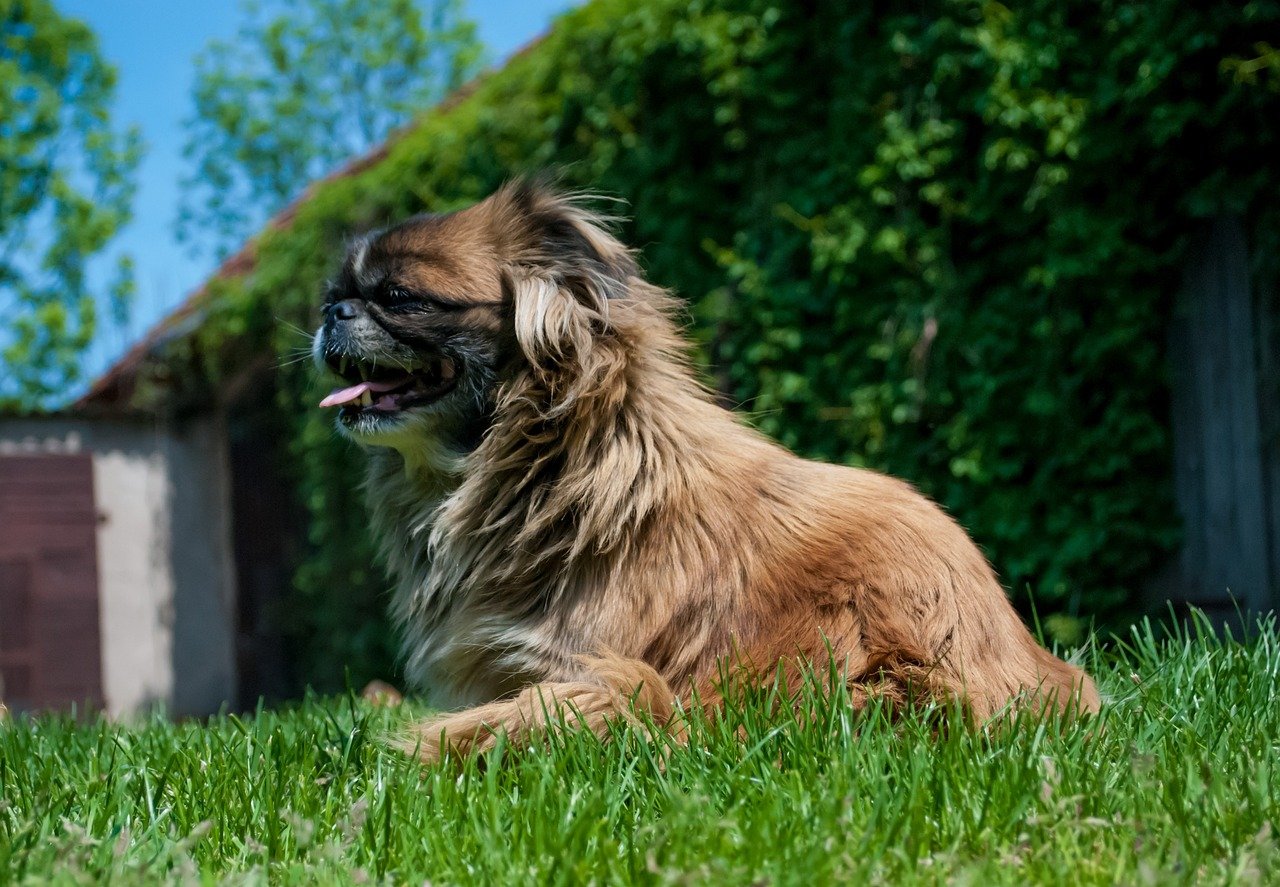
Pekingese have a proud, independent spirit. They’re not in a rush to please, and sometimes training feels like negotiating with royalty! But with patience and plenty of praise, they’ll eventually come around.
Use soft encouragement rather than force. Pekingese respond to calm, loving guidance, and they’ll surprise you with their quirky sense of humor when they finally master a command.
Chow Chow: The Reserved Thinker
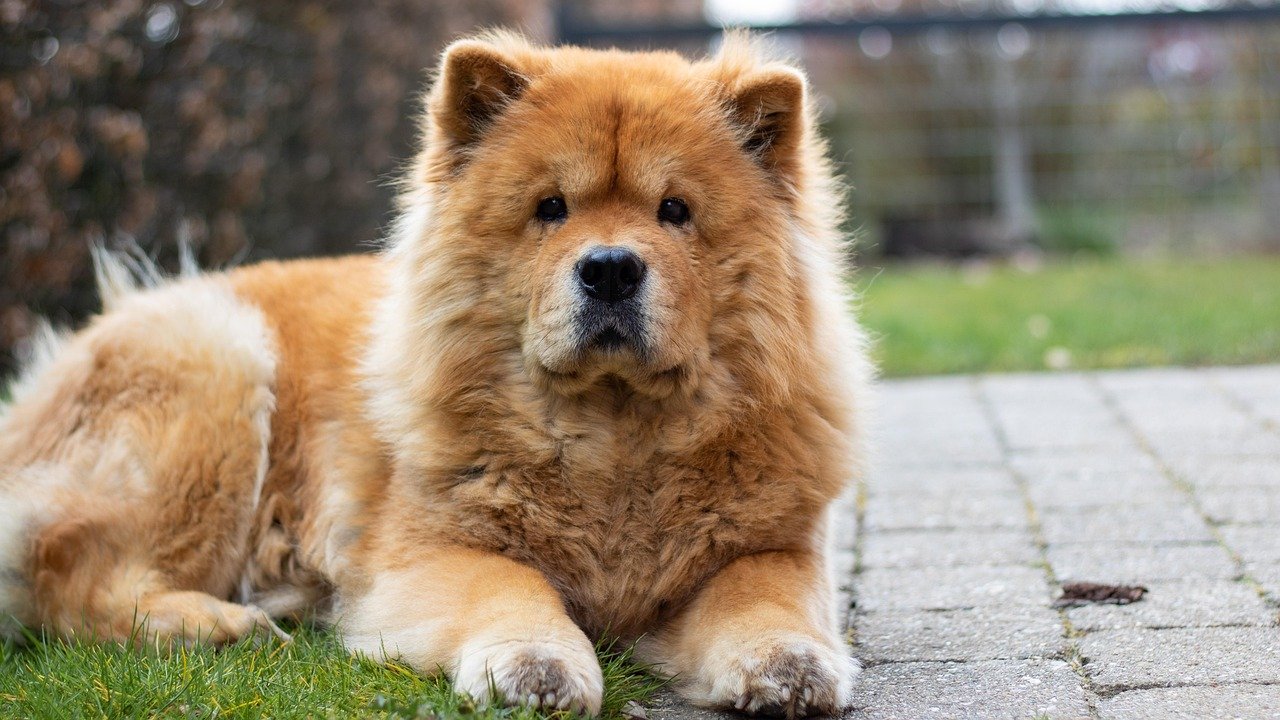
Chow Chows can seem aloof and stubborn, and their independent streak means they’re not driven to impress. Training takes time, with lots of repetition and gentle correction.
Start early and keep lessons short and sweet. Chows respond best to a calm, patient approach. Their loyalty is worth the wait—when they trust you, they’ll show their softer side.
Conclusion
Every dog, no matter how quick or slow to learn, brings its own special gifts. Fast learners thrive on challenge, while the more relaxed breeds remind us to slow down and savor the journey. With patience, empathy, and a little creativity, you’ll build an unbreakable bond with your pup—one lesson at a time. Which breed surprised you the most?

